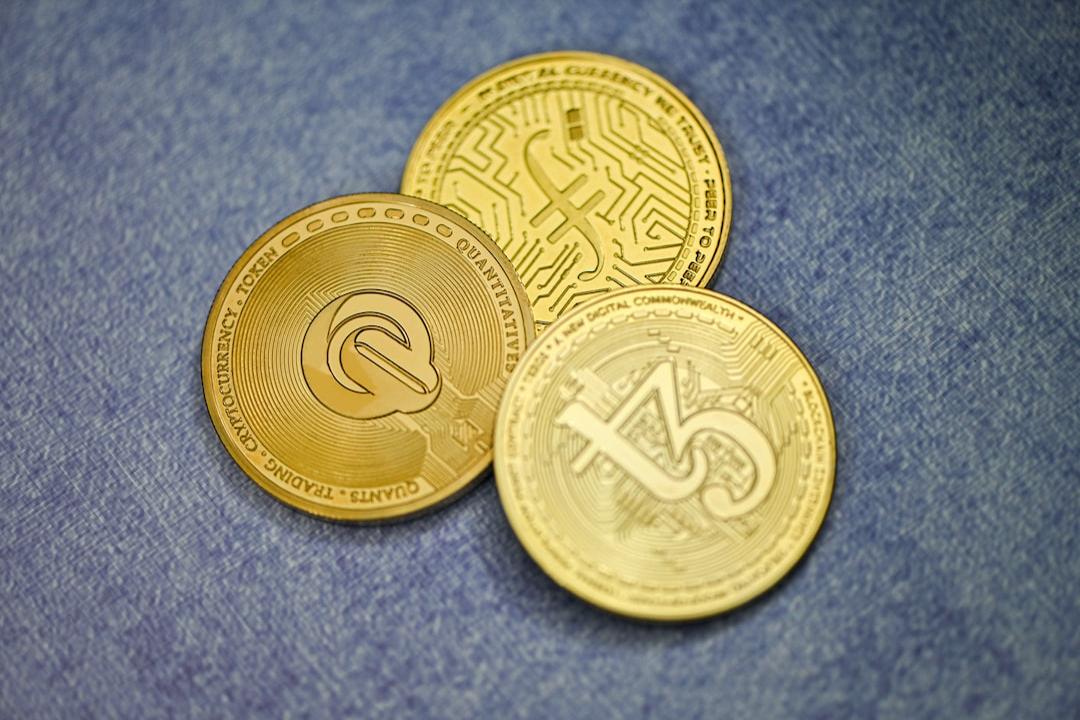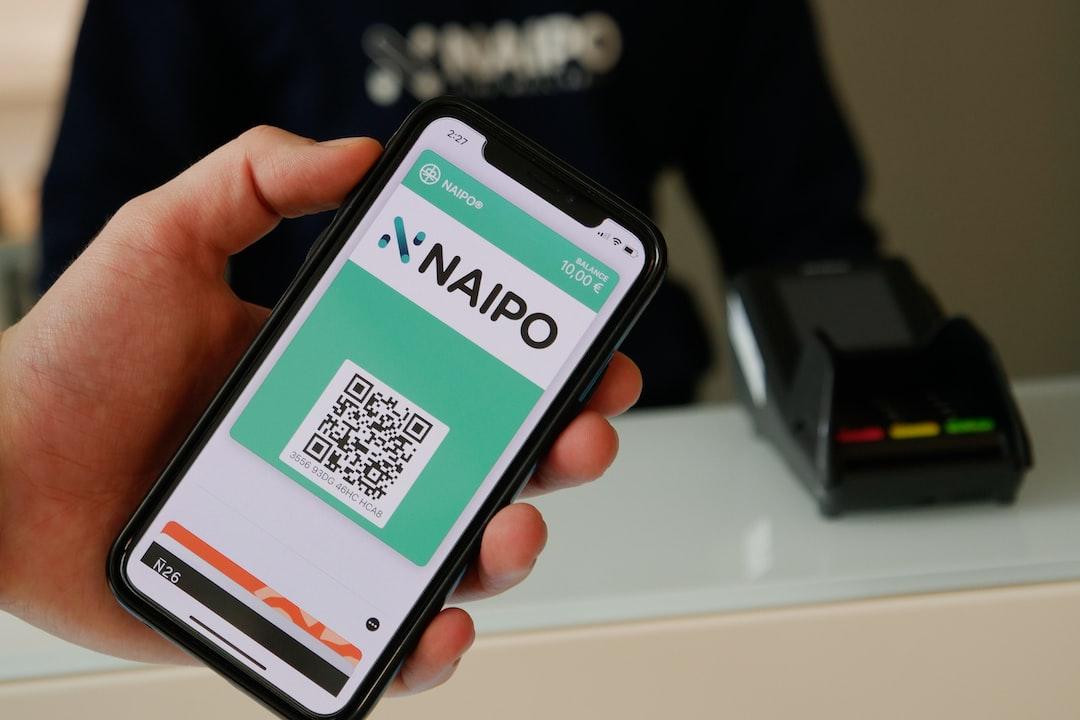Taiwan Carbon Exchange (TCX), jointly established by the Taiwan Stock Exchange and the National Development Fund with an initial capital of NT$1 billion, officially launched its international carbon trading today, with a total trading volume of over 88,000 metric tons from 27 companies on the first day. This article provides an overview of key issues related to carbon trading and introduces three major trends that combine carbon economy with cryptocurrencies.
Blockchains and their Impact on Taiwan’s Carbon Trading
What are Carbon Credits?
How to Obtain Carbon Credits and Conduct Transactions?
Three Major Trends in Carbon Economy and Cryptocurrencies
Established on August 7th this year, TCX offers three major services: domestic carbon trading based on the emission reduction target set by the Climate Change Response Act, international carbon trading, and carbon consulting and education services. After months of preparation, TCX officially launched its international carbon trading today, December 22nd. According to official information, the first batch of internationally listed carbon credits includes seven major projects, such as clean water sources, wind power, solar power, and biogas power generation. The carbon credits come from Vietnam, India, Mozambique, Uganda, Kenya, Eritrea, and Chile.
The initial listing price for the first batch of carbon credits ranges from $5 to $15 per metric ton. A total of 27 domestic companies, including 14 financial holdings and major state-owned banks, enthusiastically participated in the first day of trading. Other companies such as TSMC and UMC, both technology giants, are also on the list of initial subscribers. The total trading volume on the first day exceeded 88,000 metric tons, with a transaction value of approximately $800,000. Lin Hsiu-ming, Chairman of TCX, further expressed his hope that the domestic carbon trading platform could be launched in the second half of 2024, marking a new milestone for Taiwan’s journey towards achieving net-zero emissions.
It should be noted that TCX currently only allows “domestic companies” to purchase internationally listed carbon credits through its self-built trading platform and does not allow the general public to log in and make purchases. Additionally, TCX has not authorized or commissioned other platform operators or companies to sell the internationally listed carbon credits.
In fact, discussions on carbon trading have been ongoing in Taiwan for a long time. Li Chien-ming, a professor at the Institute of Natural Resources and Environmental Management at National Taipei University, described the establishment of the Carbon Exchange as the dawn of Taiwan’s push for net-zero emissions by 2050. The following sections will provide readers with a detailed introduction to what carbon credits are, how they are traded, and how blockchain technology can help.
“Carbon credits” refer to the “right to emit carbon” and are usually calculated based on the carbon emissions of one metric ton. Through carbon trading, buyers pay sellers to obtain greenhouse gas emission reduction credits, in order to comply with domestic government regulations on carbon emissions or achieve their own annual carbon neutrality targets.
So, what are the types of carbon credit commodities? According to DIGITIMES, carbon credit commodities can be divided into two categories: carbon reduction and carbon removal. Carbon reduction refers to the promotion of energy conservation, renewable energy, bioenergy, and other mature technologies, while carbon removal involves “removing carbon dioxide from the atmosphere” and can be further divided into natural removal and technological removal. Natural removal includes natural carbon sinks such as forests (green carbon), soil (yellow carbon), and oceans (blue carbon), which are the most effective natural storage facilities for carbon compounds. In recent years, rapidly developing technological removal methods, such as carbon capture technology, capture and reuse carbon dioxide or store it in geological formations.
Basically, in Taiwan, companies, factories, administrative units, and other business entities (mainly companies with the aforementioned natural carbon sinks and carbon removal technologies) are required to apply for domestic carbon credits. Business entities apply for voluntary emission reduction projects from the Environmental Protection Administration, submit project plans, and pass third-party verification. After successful registration and implementation of the project, they undergo third-party verification and inspection of the project’s results. Only then will the authorizing agency issue carbon credits.
Taiwan’s carbon trading belongs to a voluntary carbon trading market. The main buyers of carbon credits are carbon-emitting industries regulated by domestic laws and industries that need to achieve carbon neutrality goals. They can purchase UN-approved carbon credits (emission reduction quotas) in the market. It is understood that Taiwan’s Carbon Exchange will not adopt the public trading format of the stock market, to prevent retail investors from engaging in speculative arbitrage. According to Fan Chien-te, a professor at the Institute of Science, Technology, and Law at Tsinghua University, carbon trading is highly sought after, and while the global economy is in a downturn, the global carbon market shows no signs of cooling down.
The global market is expected to reach billions of dollars in scale by 2030, but the verification and retirement procedures for carbon credits still pose challenges. Taiwanese company ZCORP Technology, which focuses on providing ESG solutions for carbon emissions throughout the life cycle, stated in an article written in March that blockchain technology has the potential to address long-standing issues in the carbon offset market, such as how to verify the uniqueness of a carbon credit, how to ensure the retirement of carbon credits, and how to avoid double-counting, among other issues.
Currently, there are three major trends in the carbon cryptocurrency (Carbon Crypto) ecosystem:
1. Low-carbon blockchain: For example, Ethereum 2.0 will transition from Proof of Work (PoW) to Proof of Stake (PoS), reducing energy consumption by 99.95%.
2. Monetization of carbon credits: Blockchain technology, such as NFTs, has characteristics such as non-fungibility, indivisibility, and destructibility, making it particularly suitable for carbon credit applications. Moss, a Brazilian startup, has developed a carbon offset trading platform that monetizes carbon credits issued by carbon offset projects, where each ton of emission reduction corresponds to one MCO2 (the world’s first carbon credit virtual currency), which successfully went public on Coinbase this year.
3. Blockchain-driven carbon exchanges: NFTs or tokenized carbon credits have already started trading on some blockchain-based carbon exchanges. For example, Abu Dhabi has become the world’s first city to achieve its carbon neutrality goal by purchasing carbon credits on the AirCarbon Exchange.

Related Reports:
– Think Bitcoin is Not Environmentally Friendly? ChatGPT is even worse for carbon emissions.
– US Crackdown on Mining: Legislators propose mandatory disclosure of carbon emissions by mining companies, calling for investigation by the Environmental Protection Agency.
– Due to the slump in the cryptocurrency market, the carbon credit tokenization company founded by WeWork’s founder announced an “indefinite postponement of token issuance.”
Tags:
TCX
Taiwan Carbon Exchange
International Carbon Trading
Carbon Credits


